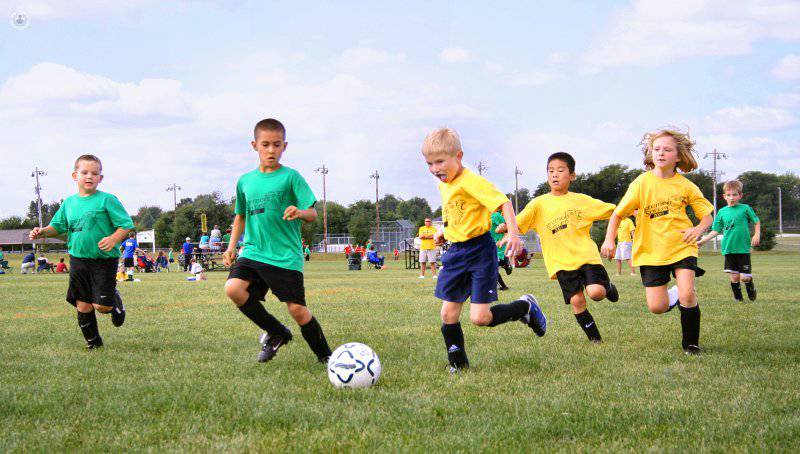
Preventing sudden cardiac death in children
Sudden cardiac death happens during physical exercise or in the hour afterwards according to infant cardiologists. It should be noted that most cardiovascular episodes occur during the practice of recreational sports.
However, cardiovascular episodes associated with sports activity are fortunately very rare in the paediatric age group and are related to cardiomyopathies and congenital anomalies of coronary arteries, pre-excitation channelopathies and syndromes, heart valve disease and aortic dissection. It therefore seems reasonable to establish systematic screenings to detect potentially fatal cardiovascular diseases before children engage in sports.

Preventive cardiovascular assessment
As a precaution, paediatric cardiologists recommend that a cardiovascular assessment be carried out prior to sports practice in children and adolescents. This evaluation should include a complete medical history, including heart murmurs, high-blood pressure, and prolonged medication over the previous two years as well as unexplained seizures or other illnesses that the child or their family perceive as worrying. In addition, the family history of heart problems, cardiomyopathy, arrhythmias or sudden cardiac death before the age of 50 years is examined. Other factors that should be taken into consideration are the child's symptoms, such as chest pain in stressful situations, fainting, palpitations or an irregular or rapid heartbeat, or if the child usually gets tired before the rest of their peers when practising sport.
The next step is to perform a complete physical examination including measuring the weight, height and body mass index, arterial blood pressure, cardiopulmonary auscultation and palpation of the peripheral pulses. Special attention is given to the presence of thoracic deformities such as pectus excavatum or pectus carinatum and possible signs of Marfan syndrome.
Advances in preventive control of sudden cardiac death
The 2D Doppler echocardiography test enables an assessment of the heart anatomy as well as looking at the way the heart is working. This deep cardiovascular observation will identify anomalies and patients who present them will have other tests such as ergometry, ECG holter monitor and cardiac resonance testing. It is recommended the evaluation happens every two years, so long as the results do not show any cardiovascular anomalies, in which case, more frequently examinations may be needed.

